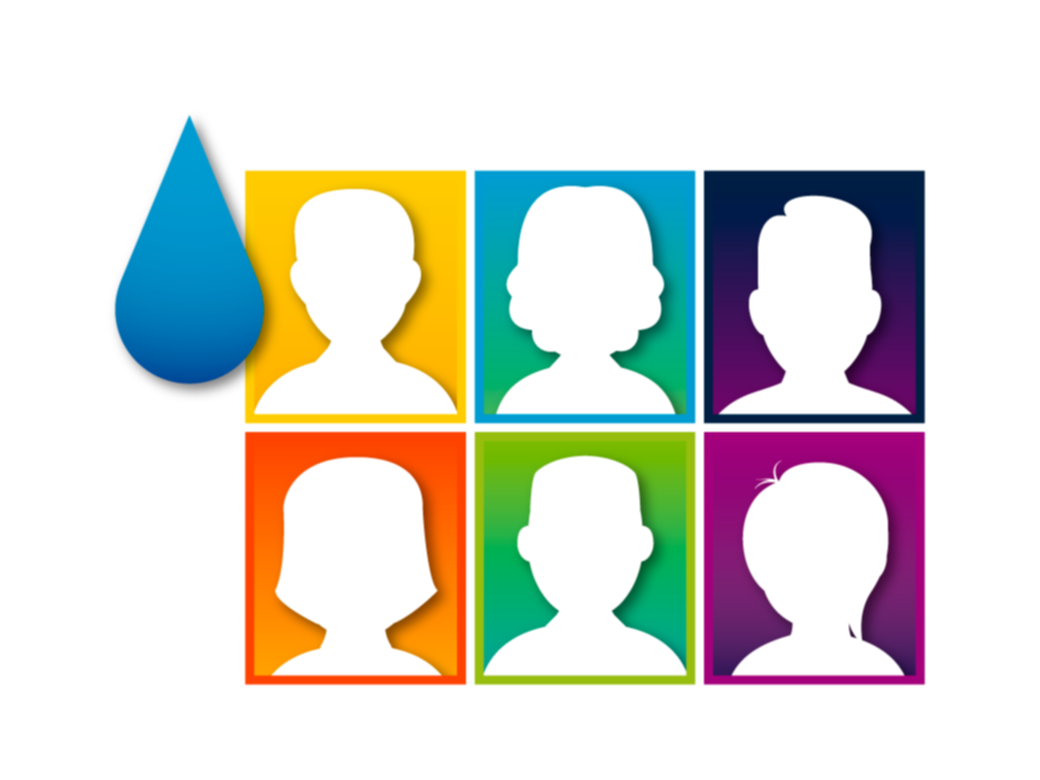The Many Faces of Adult Incontinence
Incontinence is a condition that knows no borders or boundaries. The various types of incontinence affect 400+ million adults globally. It can occur at any age, regardless of race, gender, education or income level. It can happen for a variety of reasons:
- An active adult may have had an accident, leaving him or her without bladder or bowel control
- A fun-loving mother who gave birth years earlier may experience a trickle of urine when she laughs
- An athletic man may be recovering from surgery and is ordered to stay in bed
- An overweight individual may have weak or sagging pelvic floor muscles because of the extra stress on their body, or they may have nerve damage that affects bladder control due to Type 2 diabetes
- An adult may, in rare cases, experience nocturnal enuresis (also known as nighttime bedwetting)
- A cigarette smoker with a chronic cough can damage their pelvic floor muscles, and also be at risk for overactive bladder and bladder cancer
- A person may develop bowel incontinence from a medication
- Many elderly adults are simply losing strength in their pelvic floor muscles due to natural aging
Incontinence is often a symptom of an underlying medical condition. It can also be related to a physical problem or a result of a person’s lifestyle. Whatever the reason, we need to dispel the myths associated with incontinence. It does not just affect older people or women. Rather, hundreds of millions struggle with bladder and/or bowel control. That’s a fact. But they are not the only ones affected by this condition.
The ripple effect of incontinence
We know there is an incredible number of incontinent adults—many who live in fear because of the shame associated with their condition—who are affected. However, looking beyond just that individual, we can see incontinence also impacts those surrounding them.
Family members and friends aware of the condition may go to great lengths to help conceal this big secret. Not only do they want to protect their loved one’s privacy, they may also fear what others will think. This means an ongoing cycle of silence. The silence then creates a huge barrier that keeps incontinent adults from purchasing the absorbent products or getting help they need.
It is important to talk about incontinence in a mature, understanding manner, from both a healthcare and family perspective. Being open about the condition can provide a sense of mental and emotional relief. This will help the sufferer seek proper treatment and use products to help improve their health and quality of life.
Different types of incontinence have different needs
From a little dribble to heavy leakage, incontinence affects different people in different ways. This creates a greater demand for different products. To meet the market’s broad range of needs, we must first understand the four most common types of incontinence. Such an understanding will help develop products to successfully meet consumer requirements for managing the condition.
As we learn more about this growing market segment and what incontinence means to each type of product user, we’ve come to see that incontinence is more than a medical condition. It is also a quality of life issue. It plays on a person’s feelings and fears. By working together, we can create smart disposable hygiene solutions to meet product performance demands and give users the assurance they need to live the life they want.













